
Shot from the past: Kejriwal campaigning in 2013, fresh from the anti-corruption agitation
Has AAP lost more than just the elections in Delhi?
Civil Society News, New Delhi
DURING the high noon of the India Against Corruption agitation, the Ramlila Ground in Delhi used to be filled to capacity for rallies. The speakers were activists, of different persuasions, most of them addressing such large numbers of people for the first time. When the agitation morphed into the Aam Aadmi Party (AAP) similar crowds would show up on several occasions, including twice for rather dramatic public oath-taking ceremonies of the AAP government.
Those were times that were full of anticipation and the mood was electric. Activists making the transition to politics were talking of setting new standards in public life. Common people felt they were witnessing the beginnings of a major social transformation — a corruption-free, transparent government run by leaders shorn of the customary trappings of office like red lights on cars and layers of security.
AAP seemed to be born in a flash as also India Against Corruption. In reality both successfully rode the momentum of decades of civil society activism. They specifically came out of the Right to Information (RTI) campaign. But RTI itself was just the tip of a growing iceberg of causes with which activists had been pushing governments to deliver benefits to citizens and understand their many pressing needs.
Activists had been working across a range of concerns in health, education, environment, nutrition, forests, land rights and transportation. There were initiatives far removed from public view but of great significance such as the drafting of a law to protect whistleblowers.
It was with this lineage that AAP came to power in Delhi, buoyed along by the goodwill of diverse groups across the country and seen by ordinary people as the medium for addressing their real needs.
A decade later, as AAP contends with defeat in the recent elections to the Delhi Assembly, much of the earlier headiness has waned. AAP’s own aura has dimmed. It lost to the BJP by just two percent of the overall vote, a whisker of a margin. But its supremo, Arvind Kejriwal, and other key leaders were defeated. It could still fill the Ramlila Ground with crowds though perhaps not with the same degree of idealism that brought it into prominence.
Charges of corruption against its top leaders, together with stints in jail, haven’t been entirely convincing. However, in the hurly-burly of politics, AAP is now seen as just another political party struggling to stay in power by any means.
Even if it were to get its political math right and return to power, AAP would find it difficult to replenish the reservoir of goodwill it had. Activists and professionals who once flocked to the party with high expectations now question AAP’s record after two consecutive terms of power in the state of Delhi.
The lack of inner-party democracy in AAP has been disappointing to many. Even after 10 years, there is no party structure and Kejriwal is the single point of reference. Everyone else in the party defers to him and his ambitions. Elections have been fought, and now lost, in his name.
The party was supposed to raise the bar for good governance but it is instead accused of using subsidies to garner votes even more recklessly than the older parties have done.
The AAP leadership is seen as not having measured up to the delicate task of being in government. With its shrill personality cult, endless run-ins with the Centre and conflicts with the bureaucracy, it has created the impression that activists can’t be trusted with power.
AAP’s promise was that it would run an honest and corruption-free government in Delhi. It was hoped that the party would go on to reform and improve healthcare, school education and public transport. It was expected to rise above sectarian politics and be an example of open, consultative and decentralized governance.
Except in the case of education, where a tangible beginning was made, the AAP government’s record has been disappointing. The number of buses and commuter trips made through public transport have actually declined. Air pollution has gone on unchecked despite the harm it does to public health. There has been a buzz around Mohalla Clinics, but their impact is yet to be understood and they didn’t seem to fit into the health system of the capital.
OPPORTUNITY LOST
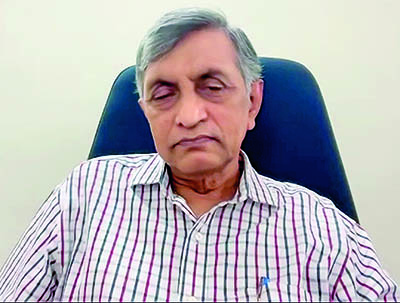 |
| Jayaprakash Narayan |
Jayaprakash Narayan is the founder of Loksatta, which long preceded AAP as a party attempting to raise standards in public life. Narayan is a heartfelt well-wisher of AAP and gives AAP high marks for coming to power in Delhi. He also sees no shame in AAP losing the elections by just a small percentage of votes while seeking a third term.
“I think it has been a very, very creditable performance by AAP. To come out of a movement and be from the middle class without a political background and to come to power is quite remarkable,” he elaborates on his admiration.
Narayan, however, has what he calls a few “pain points”. He wishes that AAP had “come up with ideas that really matter to the country”. They had the opportunity in a “very pragmatic way to transform our democracy” — through “genuine local empowerment”, for instance.
“Arvind Kejriwal was the most empowered mayor in India. And yet he did not realize the importance of empowering local communities and the municipalities or whatever in a genuine and heartfelt way. And then making them work,” regrets Narayan.
He believes that AAP lost the opportunity to use its voice to bring change. “The only relevance it now has is to be just like any other political party,” he says.
Narayan is also pained by AAP raising freebies to the level of a philosophy, forcing other, bigger parties to follow suit.
“I hope it’s not irreparable but it has done very severe damage to the country. We always had a culture of short-term welfare. But there was always a measure of balance. AAP raised this short-term freebie culture to a philosophy,” he says.
“I have great respect for AAP. I believe they are some of the most talented people. But I think they lost their way. Like many others in India,” he says.
AIR POLLUTION UNCHECKED
“It is so disappointing to see AAP fail. It was a middle-class party with well-educated leaders coming to power, perhaps for the first time in this way. Everyone wanted them to succeed,” says Chandra Bhushan, a seasoned environmental campaigner who has worked with governments and industry and currently leads the NGO, iForest.
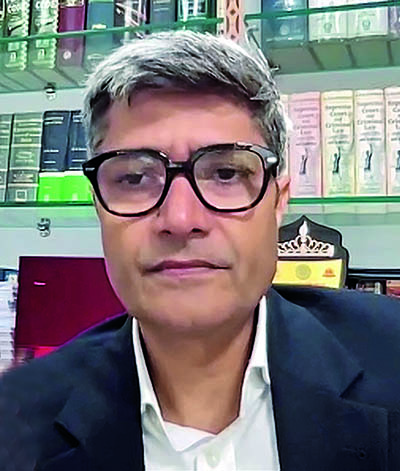 |
| Chandra Bhushan |
“It was, in a sense, our government. But frankly, I don’t think they did anything, whether it was air pollution, river pollution, reviving the Yamuna or dealing with congestion. This has been a wasted decade,” says Chandra Bhushan. “AAP took over from the Congress government under Sheila Dikshit, but didn’t take forward the modern systems that she had begun putting in place for Delhi,” he says.
Especially unfortunate has been the inability to rein in air pollution despite the costs that result from leaving it unchecked.
Chandra Bhushan explains that around 60 percent of Delhi’s air pollution comes from outside and about 40 percent is a result of what happens within Delhi.
Automobiles account for a part of the 40 percent, but a significant amount of air pollution comes from the open burning of biomass for cooking and keeping warm in winter. This is why even after stubble burning ends in the fields of Punjab and Haryana, pollution continues to spike in Delhi.
To rein in pollution, the AAP government needed to seriously improve public transport to get people out of private vehicles, which it didn’t do. It should also have planned a transition to cleaner energy for its citizens burning wood and coal.
“In 2020 I suggested that the Rs 1,000 crore collected by way of environment cess be used to distribute LPG cylinders free to the poor to see the impact it would have on bringing down pollution in the winter months,” says Chandra Bhushan.
“There is a general consensus that open-air burning, not just in Delhi but all over India, is a primary cause of air pollution. Delhi needs to think about the energy transition of its poorer population,” explains Chandra Bhushan.
Not only did the AAP government not do what it needed to within Delhi, laments Chandra Bhushan, it also did not measure up to dealing with neighbouring states and the Central government to bring down air pollution in Delhi.
BUSES NEGLECTED
As with air pollution, public transport remained neglected when it should have been a priority. The number of buses in Delhi, now at around 3,000, is in fact half the number that used to be on the roads, says Geetam Tiwari, a professor at IIT Delhi who has been involved with Delhi’s transportation plans over the years.
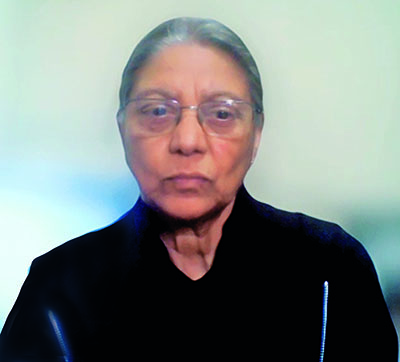 |
| Geetam Tiwari |
Tiwari celebrates the granting of free bus rides to women by the AAP government, but she bemoans the lack of buses themselves. The number of commuter trips is at its lowest in 12 years, she says.
Tiwari was part of the team that designed Delhi’s first bus rapid transport system or BRTS as it came to be known. The idea was to make bus travel comfortable and accessible.
AAP junked the very first BRTS, which it inherited from the Sheila Dikshit government, to please car owners in south Delhi. It could have instead tried to implement it better and explored the possibility of design changes, Tiwari says.
Much work on a bus system in Delhi preceded AAP, but it didn’t seem to want to draw on it. Not least among these efforts was the creation of the DIMTS or Delhi Integrated Multi-Modal Transport System which was a joint venture between the government and IDFC.
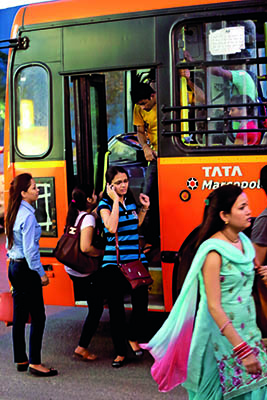 |
|
The number of buses has declined |
Under DIMTS there was the corporatization of bus services. DIMTS created public transport infrastructure and monitored the efficiency of bus services. The idea was that Delhi would have an integrated Metro and bus system.
DIMTS continues to function but no longer as the centrepiece of Delhi’s transportation system. In the absence of the importance it should have been given, it has seen its technical people drifting away.
“Our disappointment with the AAP government was that though they were for the aam aadmi, their policies were not at all bus-friendly. There were no discussions on the plans for Delhi. There was no recognition of the institutional mechanism under DIMTS which was supposed to take the city forward,” says Tiwari.
Electric buses have been added to Delhi’s streets, but they are too few in number and certainly not enough to compensate for the general decline in bus transportation. The bringing in of electric buses has also been ad hoc and unplanned.
Explains Tiwari: “It is not just about a fleet of buses. It is about the system. The quality of public transport you have. What your waiting times are. How you manage the delays. How you ensure that the whole city has access to an affordable and quality bus system integrated with your Metro system.”
NO HEALTH STRATEGY
In the setting up of Mohalla Clinics, AAP lays claim to have provided healthcare services to people. But, as in transport, with its free rides for women, AAP’s propensity for grandstanding seems to have come in the way of shaping policy and putting in place a system which it could have done with some of the best possible expertise being available to it.
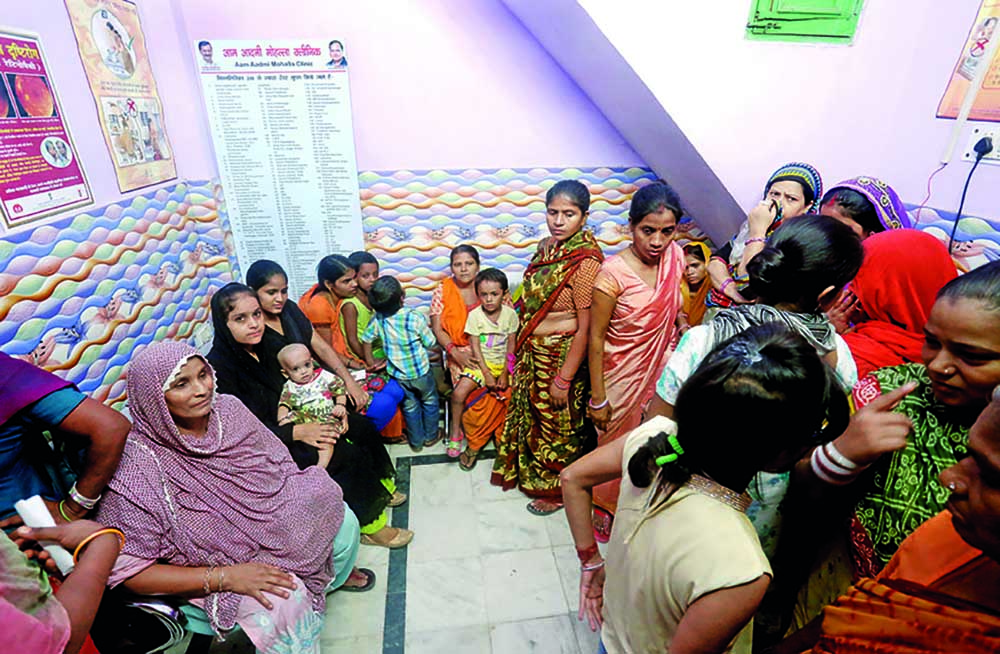 Mohalla Clinics were not part of a system
Mohalla Clinics were not part of a system
The status of Mohalla Clinics in the public health architecture of Delhi is tenuous. Many have in fact already closed down. With a randomly appointed MBBS doctor in attendance and some basic medicines these clinics provide at best some elementary care.
The clinics have no referral powers which means they are not integrated with the secondary and tertiary hospitals of the city. They are also dependent on ad hoc appointments and contractual service providers.
Delhi has municipal dispensaries, some primary health centres (PHCs) in its peri-urban areas, secondary and tertiary level hospitals. In fact, it has a preponderance of super specialty hospitals.
The AAP government, with its huge mandate and its willingness to spend on healthcare, could have provided Delhi with a robust network of PHCs with a bigger range of facilities and run entirely by the government. This would have met the need for primary care and taken the load off hospitals like AIIMS where people tend to flock. The Mohalla Clinics provided visibility and instant political dividends, but have
left a rapidly growing city unprepared to deal with health matters at the level of the community.
“I believe that it was a political strategy, but a political strategy that did not have deep roots. So, it kind of showcased something. There was a lot of excitement and, you know, people felt that something is being done. But that’s not how you build institutional structures,” says Rama V. Baru, who has been teaching and researching health policy at Jawaharlal Nehru University (JNU).
“In my view, not enough energy went into framing a policy on getting human resources, training people, rational practices and so on,” says Baru, explaining the need for groundwork.
“It was ad hoc from a public health perspective. Going beyond coughs and colds, each time you have a serious health crisis such as a cholera outbreak you have to treat people. But you also have to look at water supply and sanitation. That bit I have found completely lacking,” says Baru on the need for a vision.
“There may have been reasons why they could not forge it. But I am not even sure they had the appetite for it. In a city like Delhi with acute socio-economic disparities, sewage is a huge problem, so is drinking water supply,” she says.
Some investments were made in secondary-level hospitals and tertiary hospitals. But what Delhi really needed, and it could have been put in place over 10 years, was a dependable and inexpensive primary healthcare network.
MOVEMENT OR PARTY?
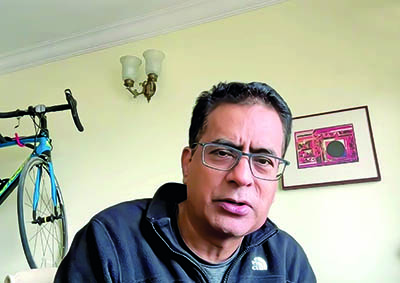 |
| Manas Human |
The appeal of AAP in its early days cut across society. It captured the imagination of people from different walks of life.
Manas Human, MD and CEO of an IT company, was among those early supporters and continues to be sympathetic to AAP. He says the anti-corruption plank on which AAP came to prominence is no longer important to people.
“I think we as a people have reconciled ourselves to corruption in our daily lives,” he says. “Parties are corrupt in one way or another to be in power and no party stands out.”
Asked if the anti-corruption movement would have been more effective if it had remained a movement, he says: “I personally feel that it would have. It might have had the chance to be a much bigger movement today and have a bigger impact than as a party.”
“I would still give AAP another chance to demonstrate something unusual. But I do think there is some value in being apolitical. I keep thinking of Mahatma Gandhi. He was not a political leader and at the same time he was a leader who influenced politics without belonging to a party.”
Comments
Currently there are no Comments. Be first to write a comment!





